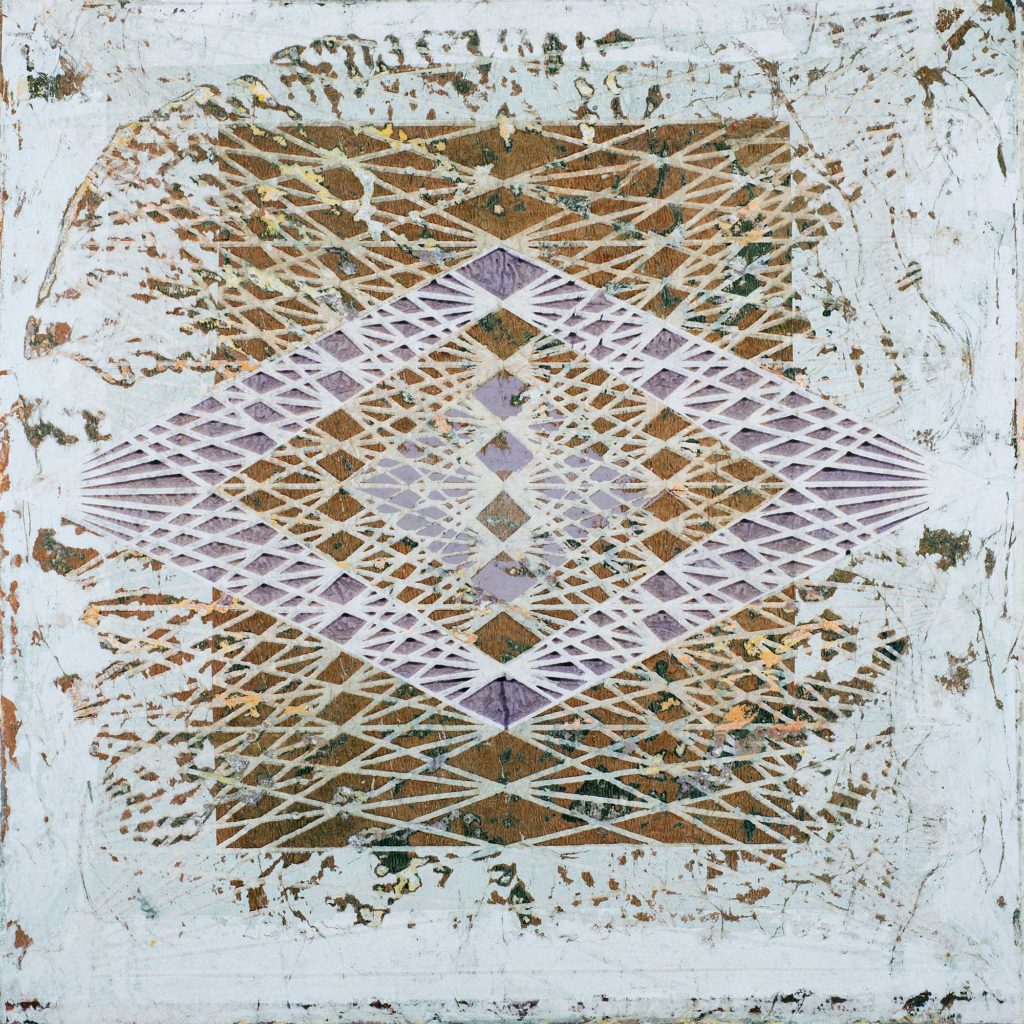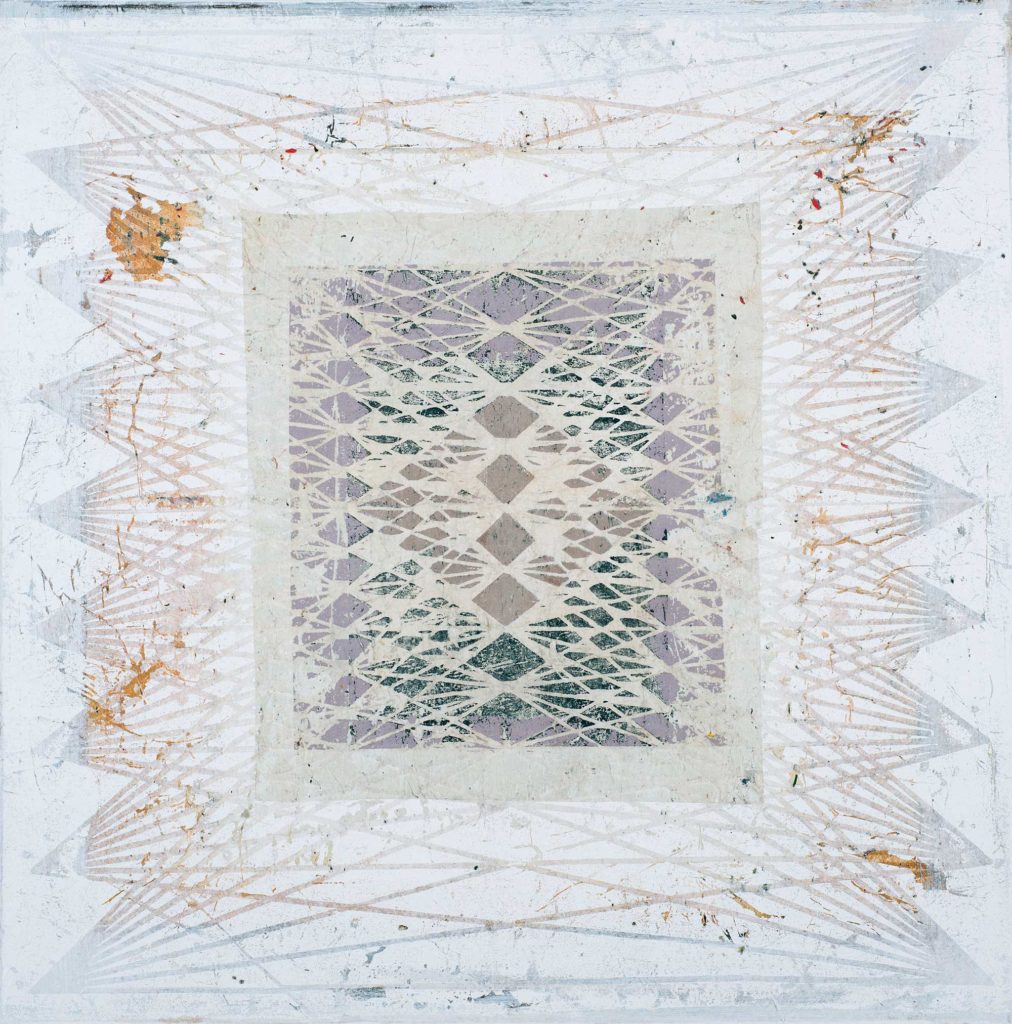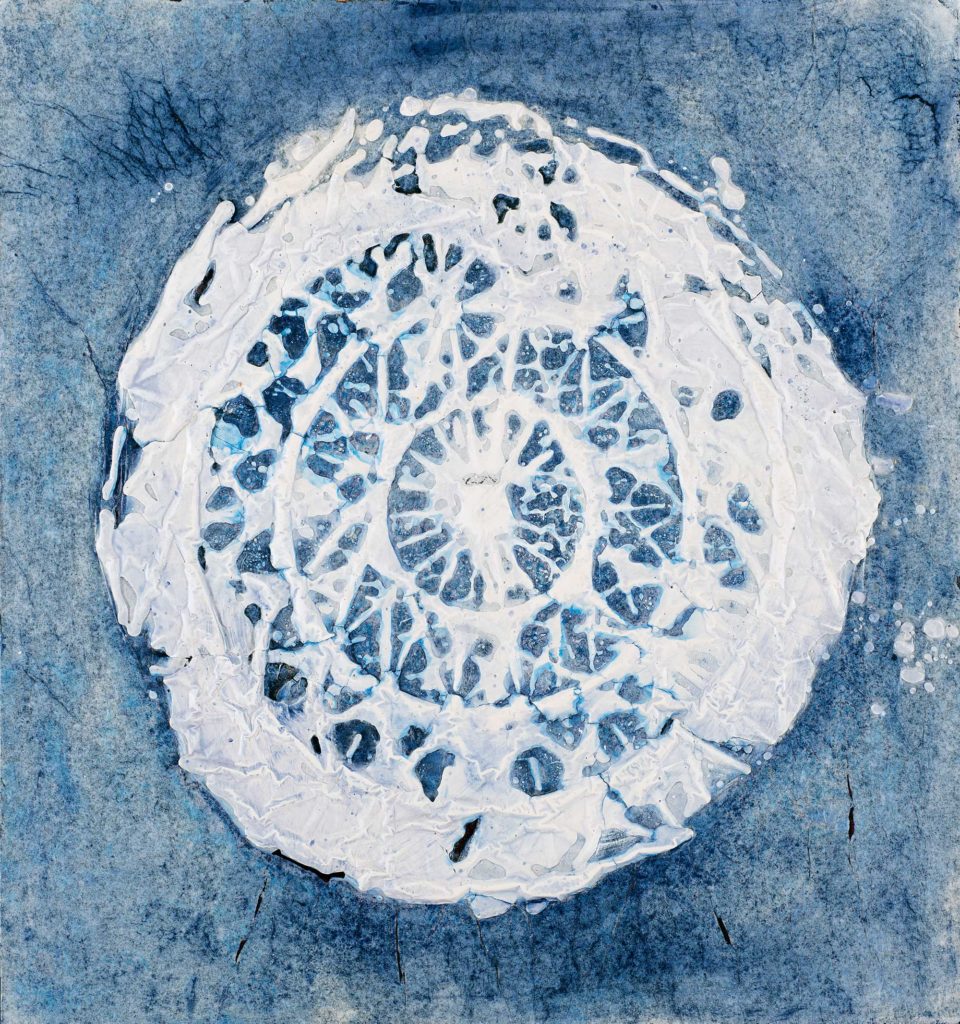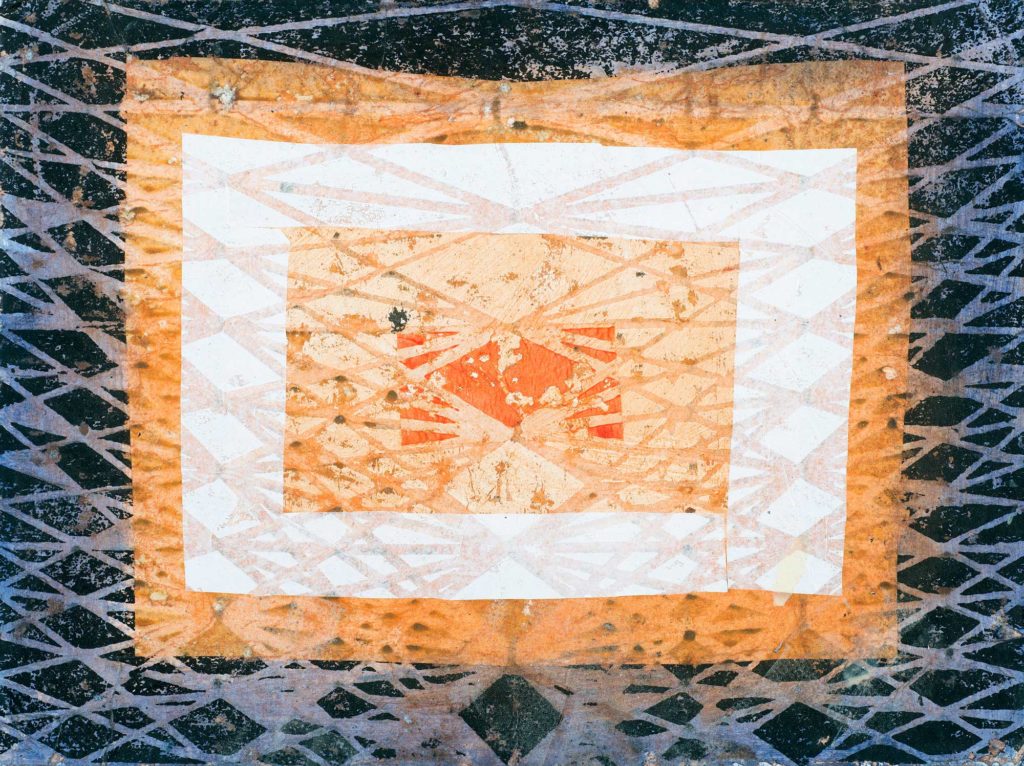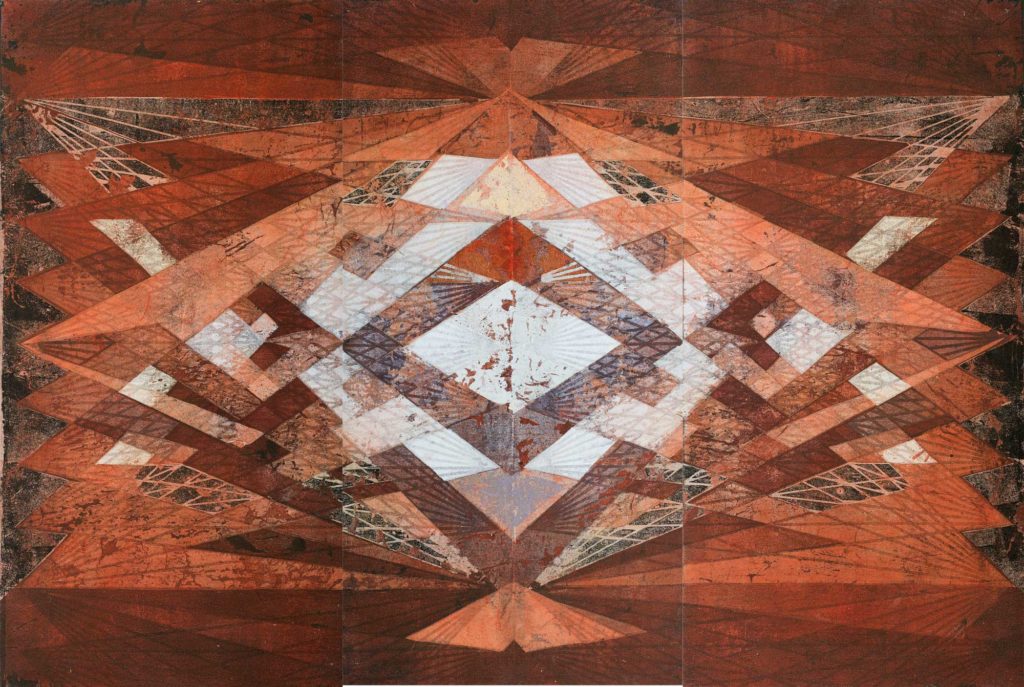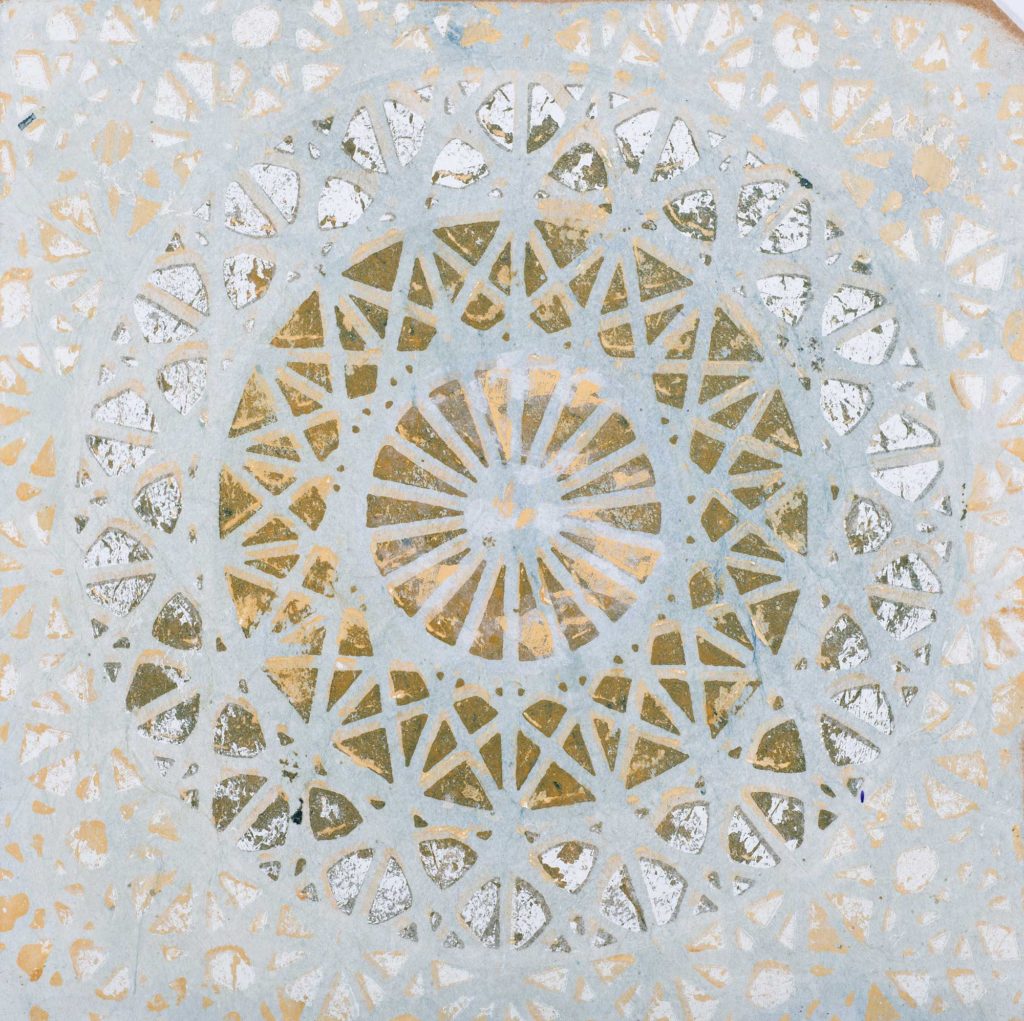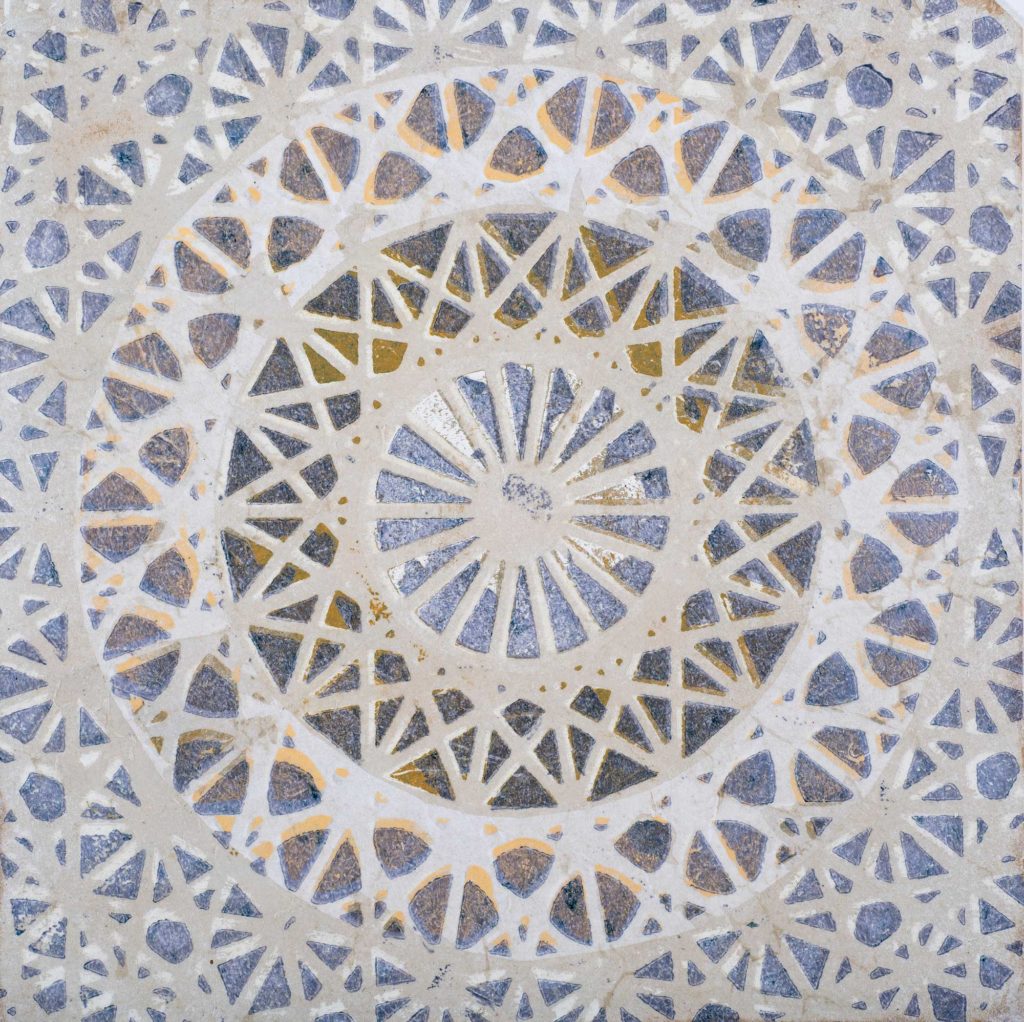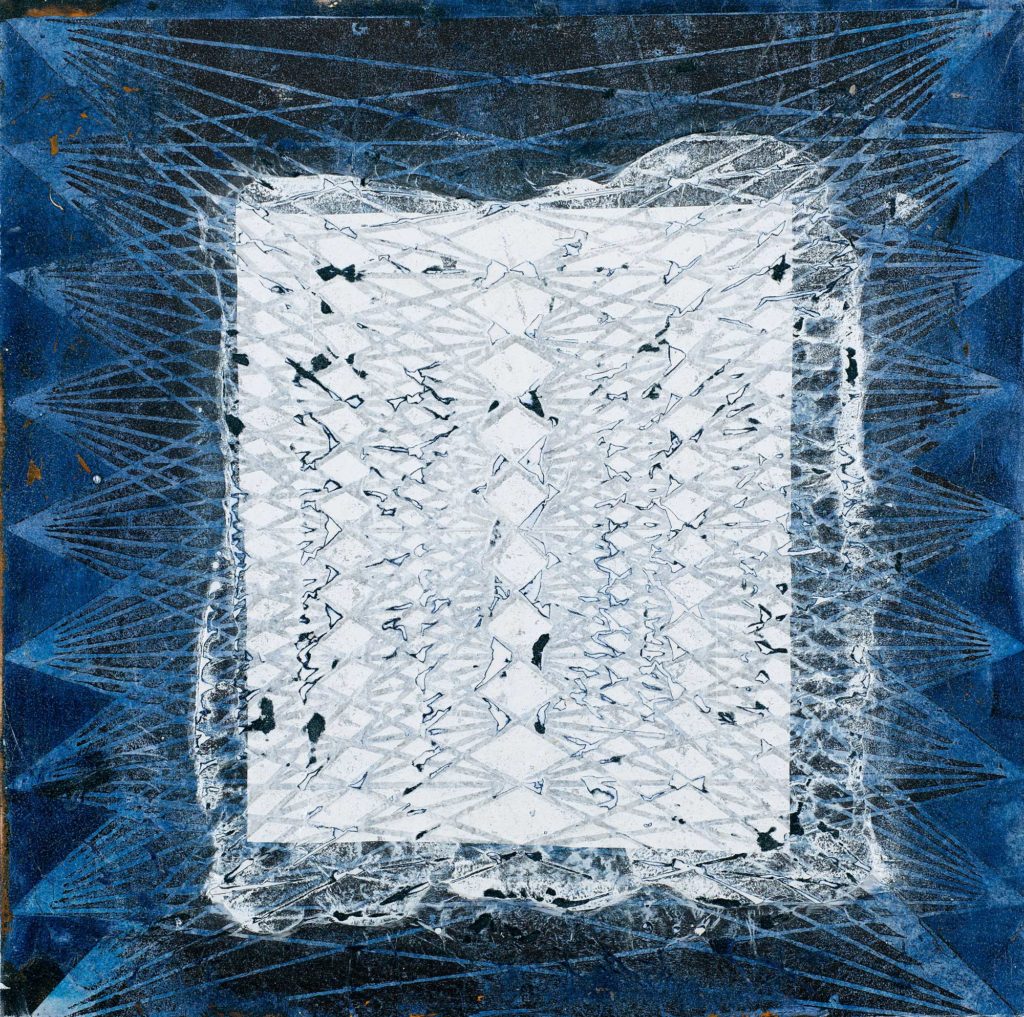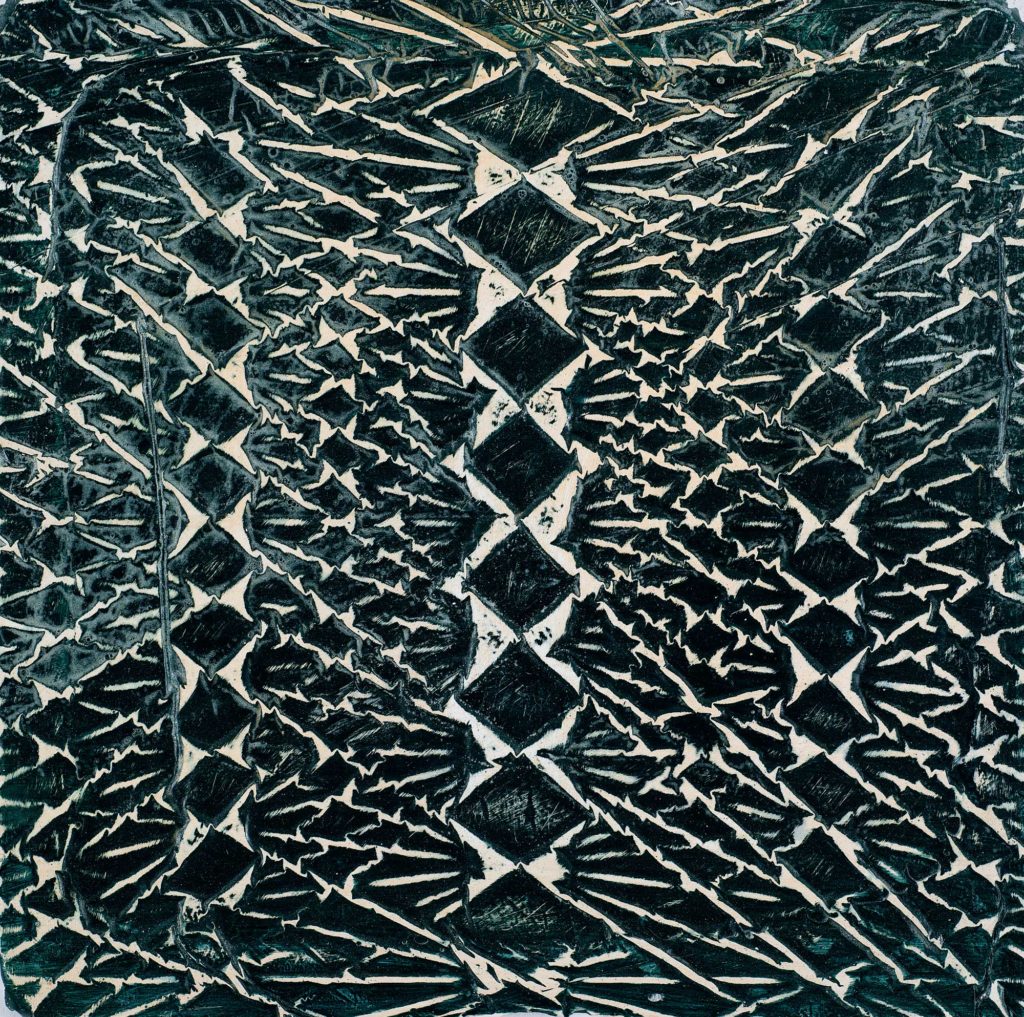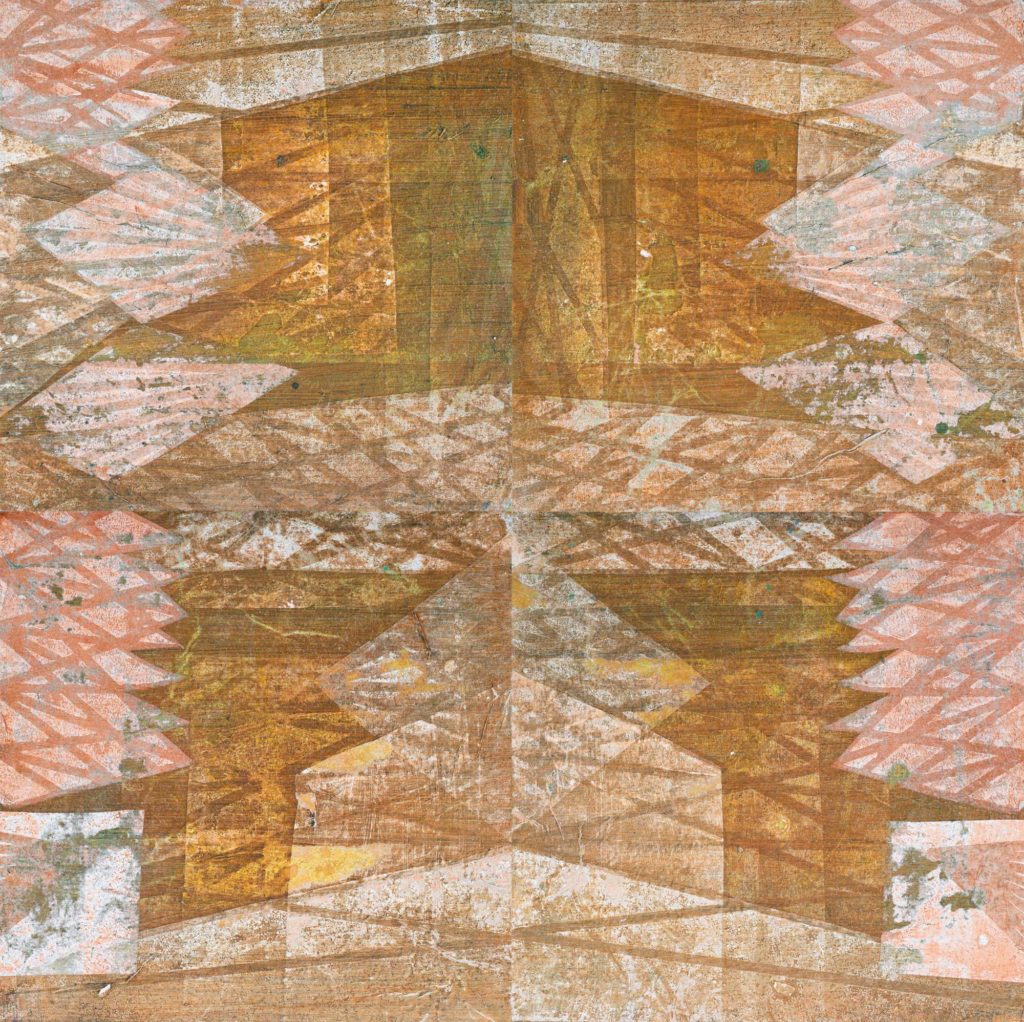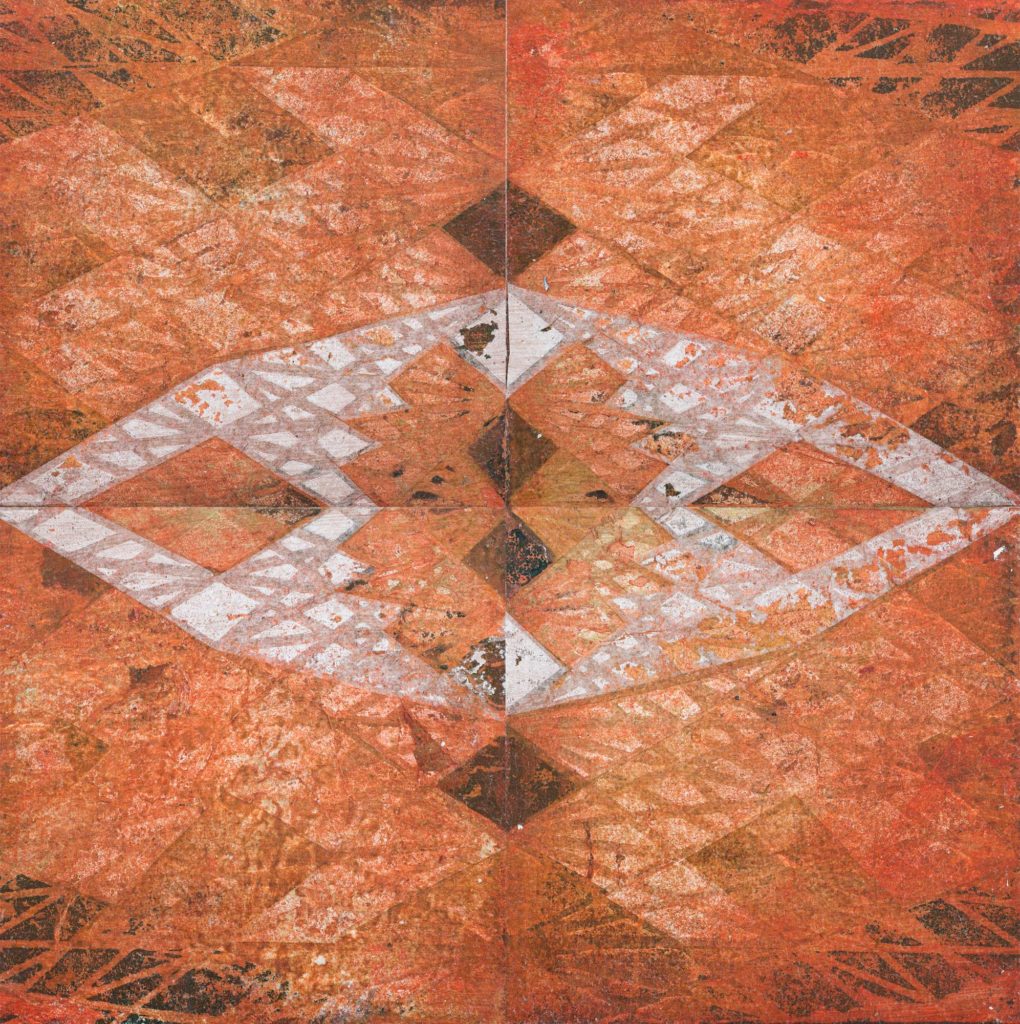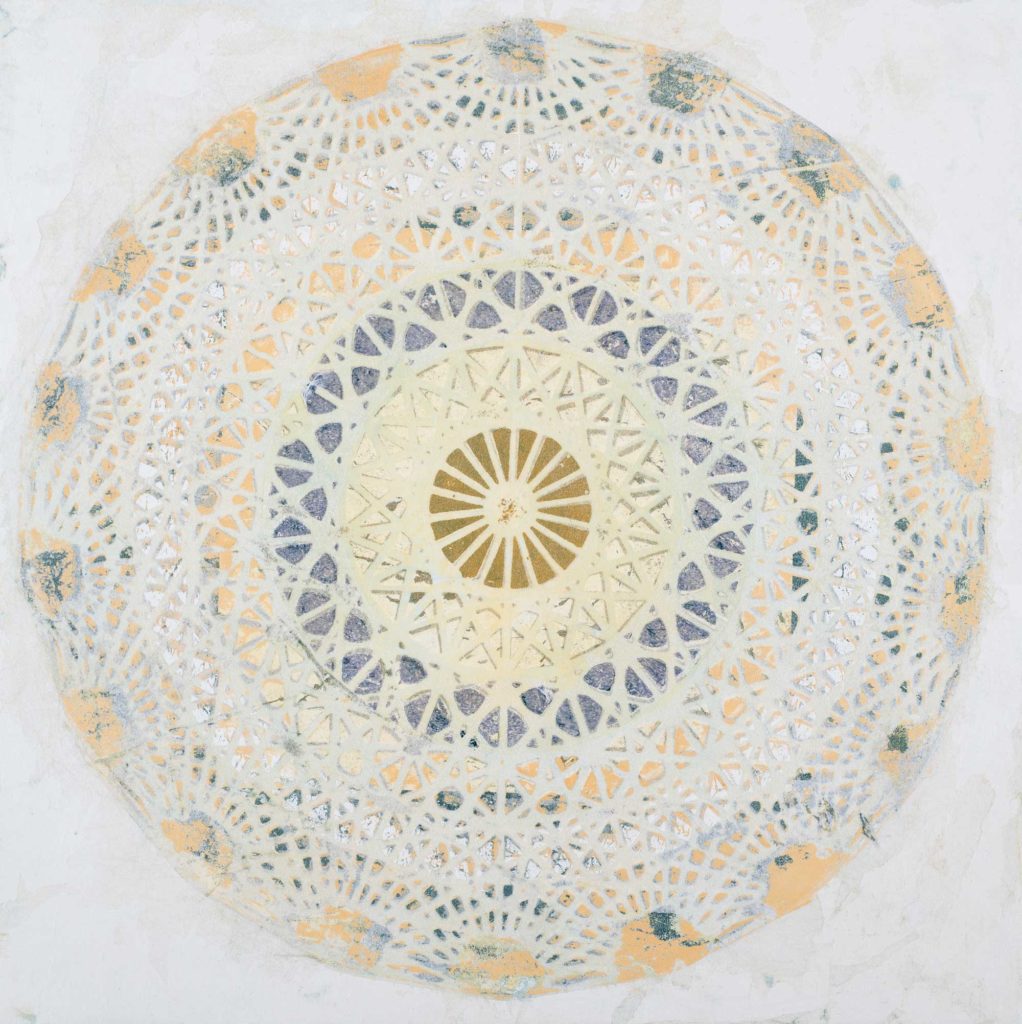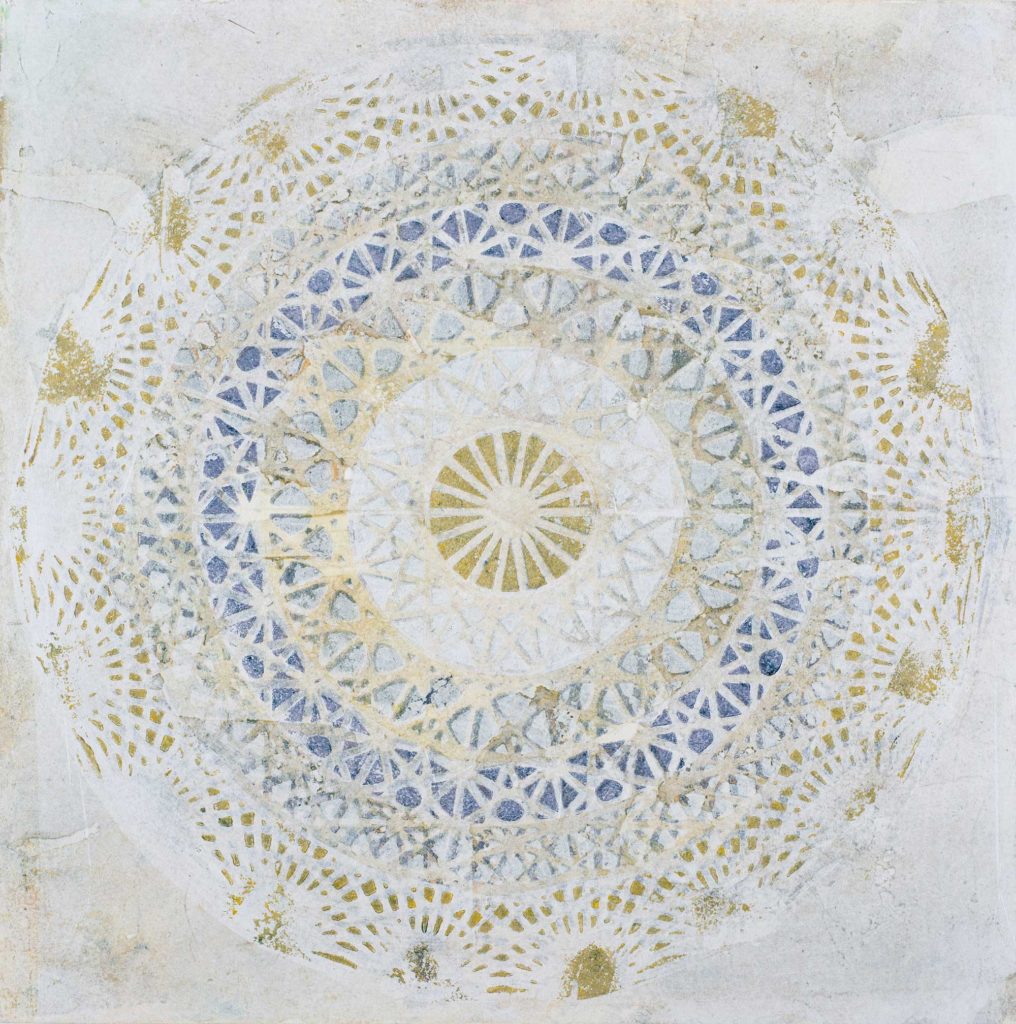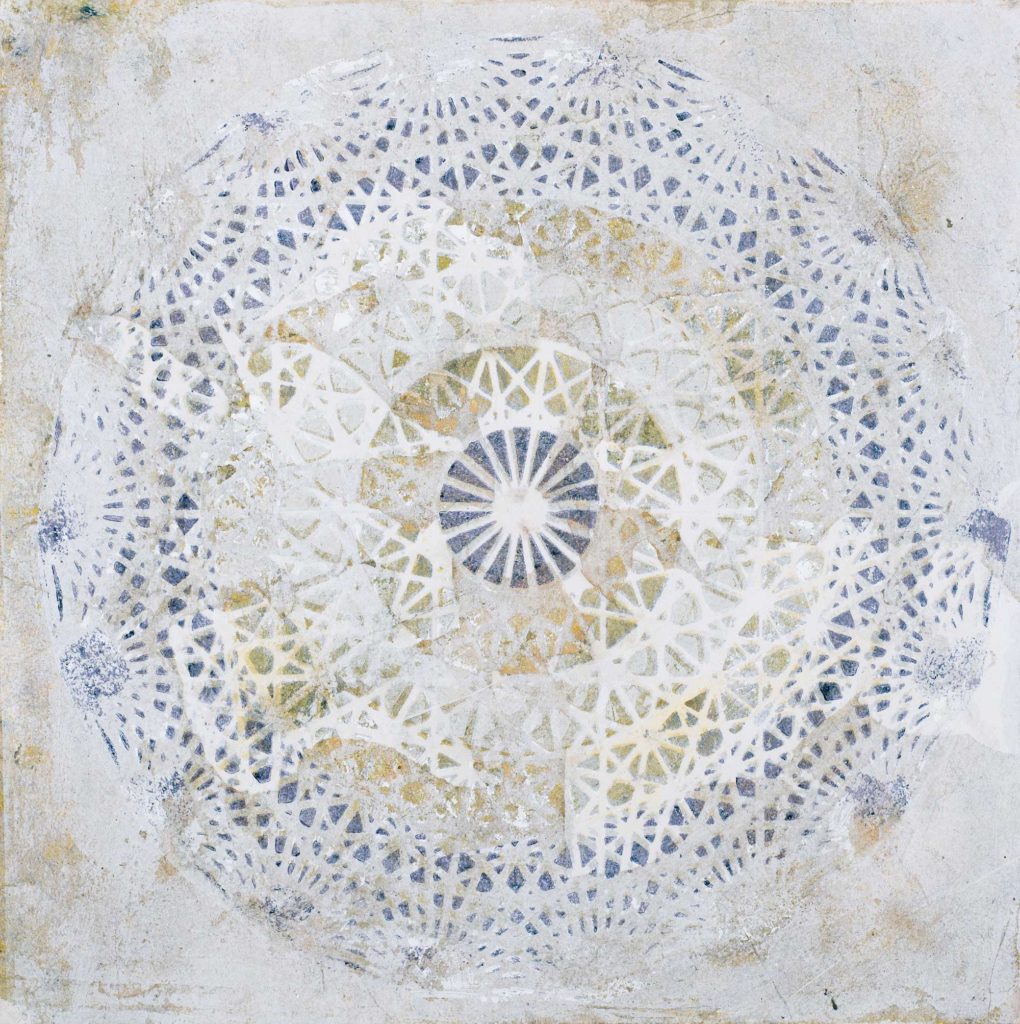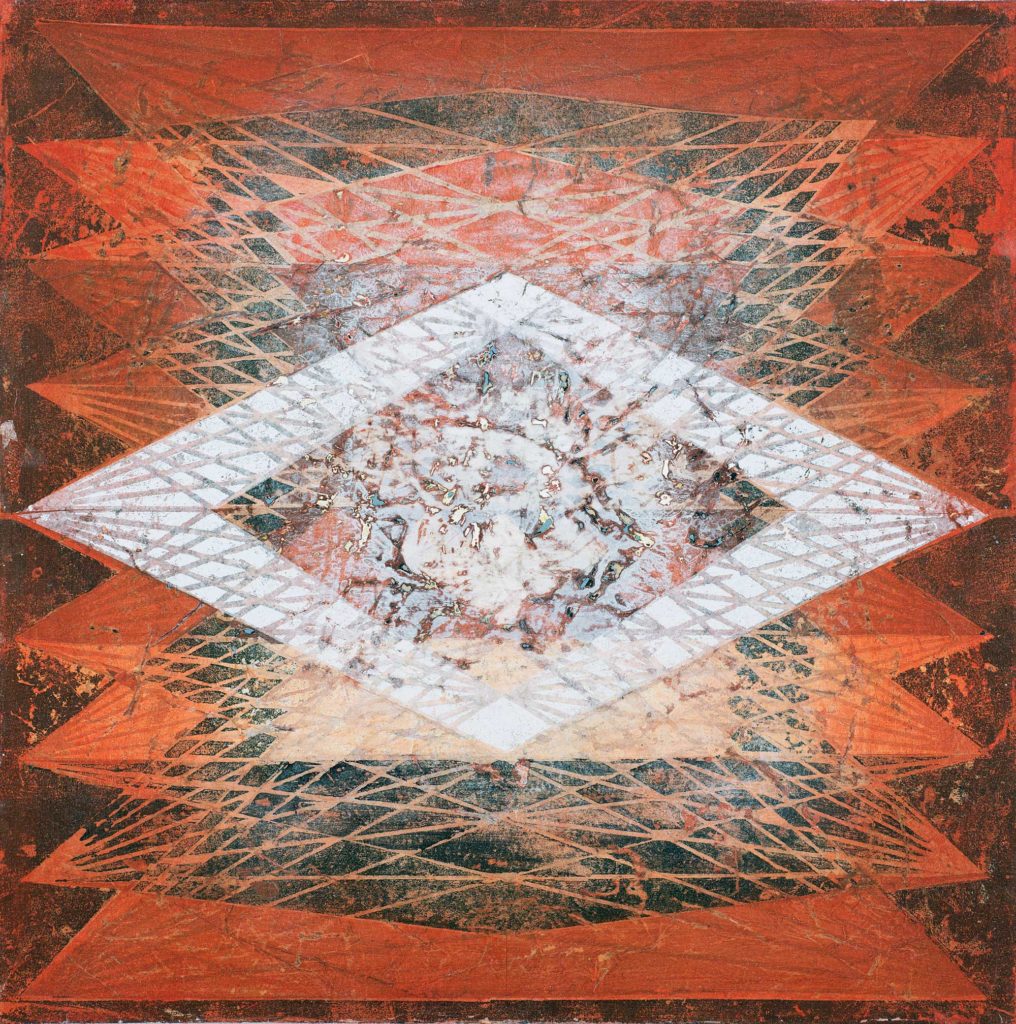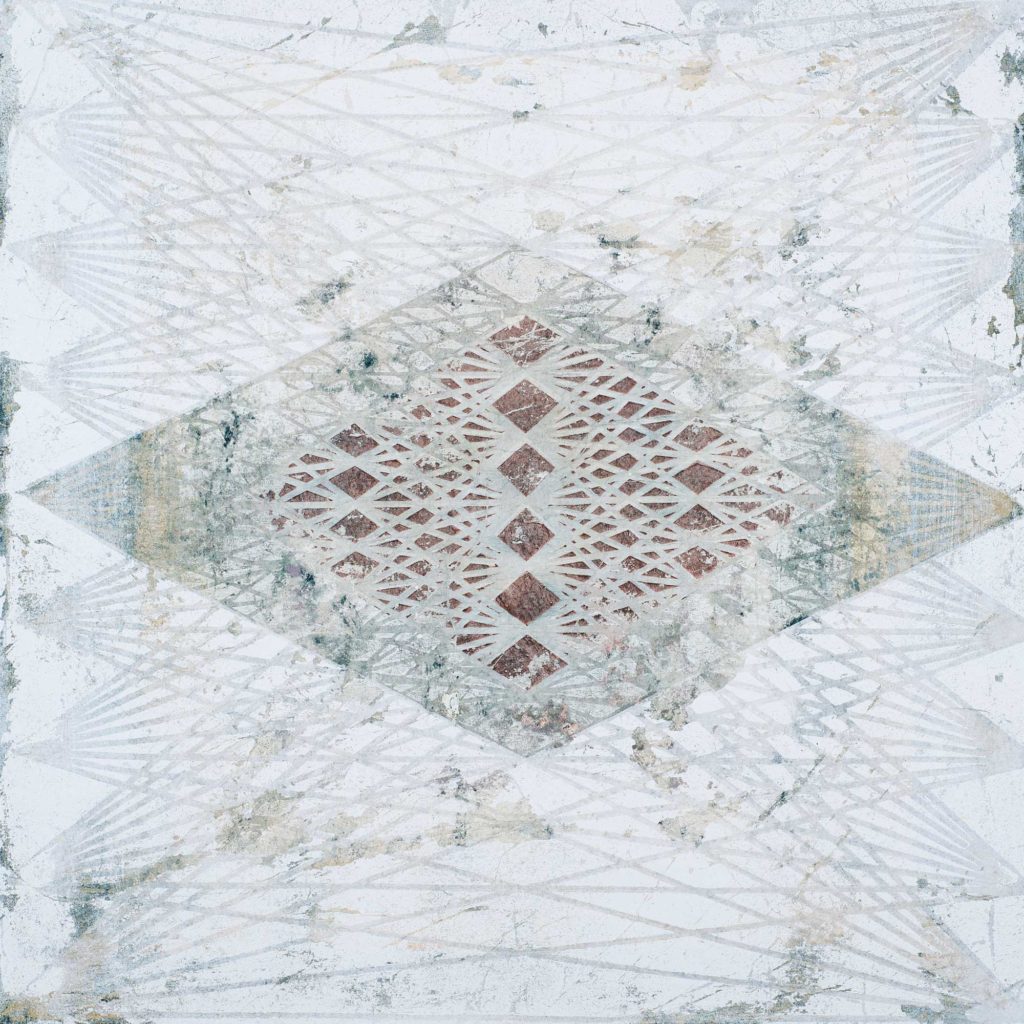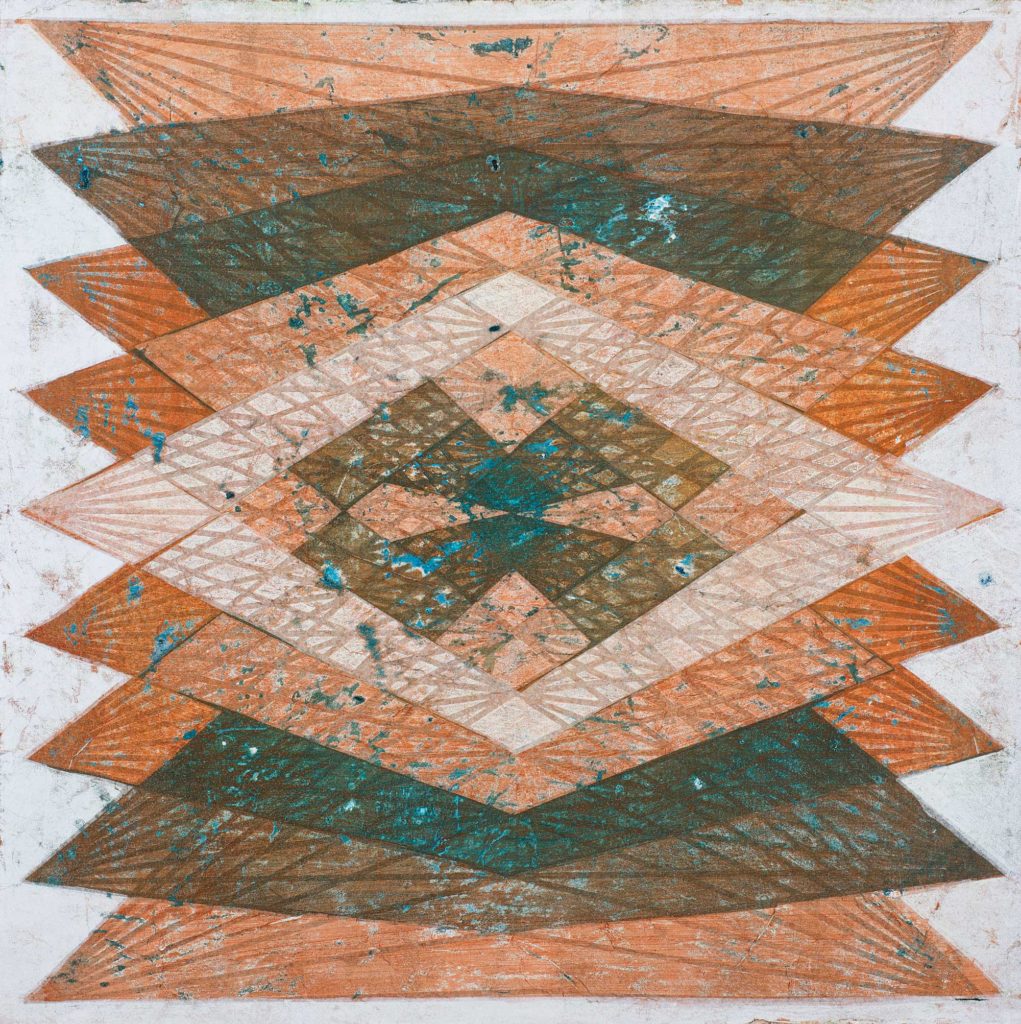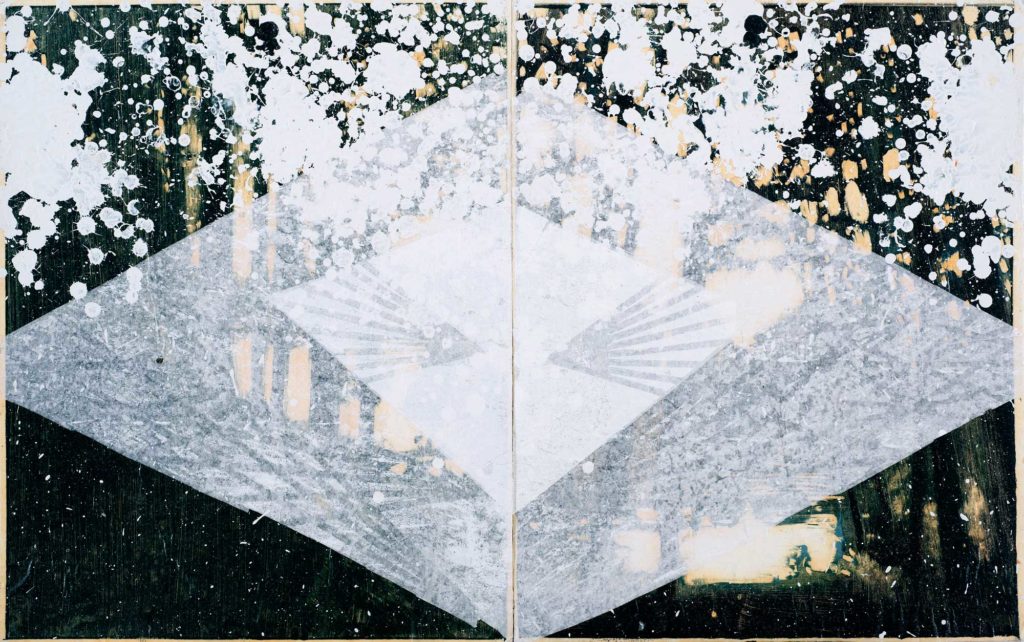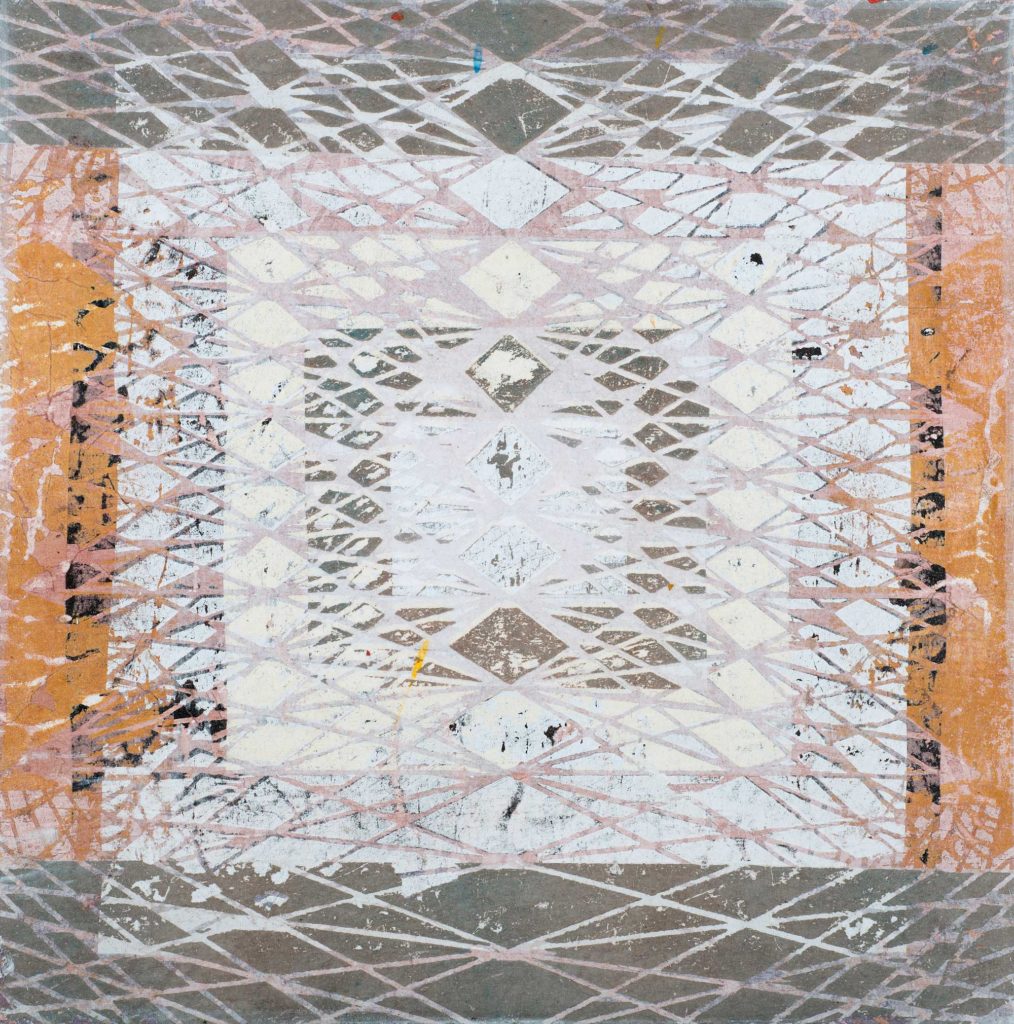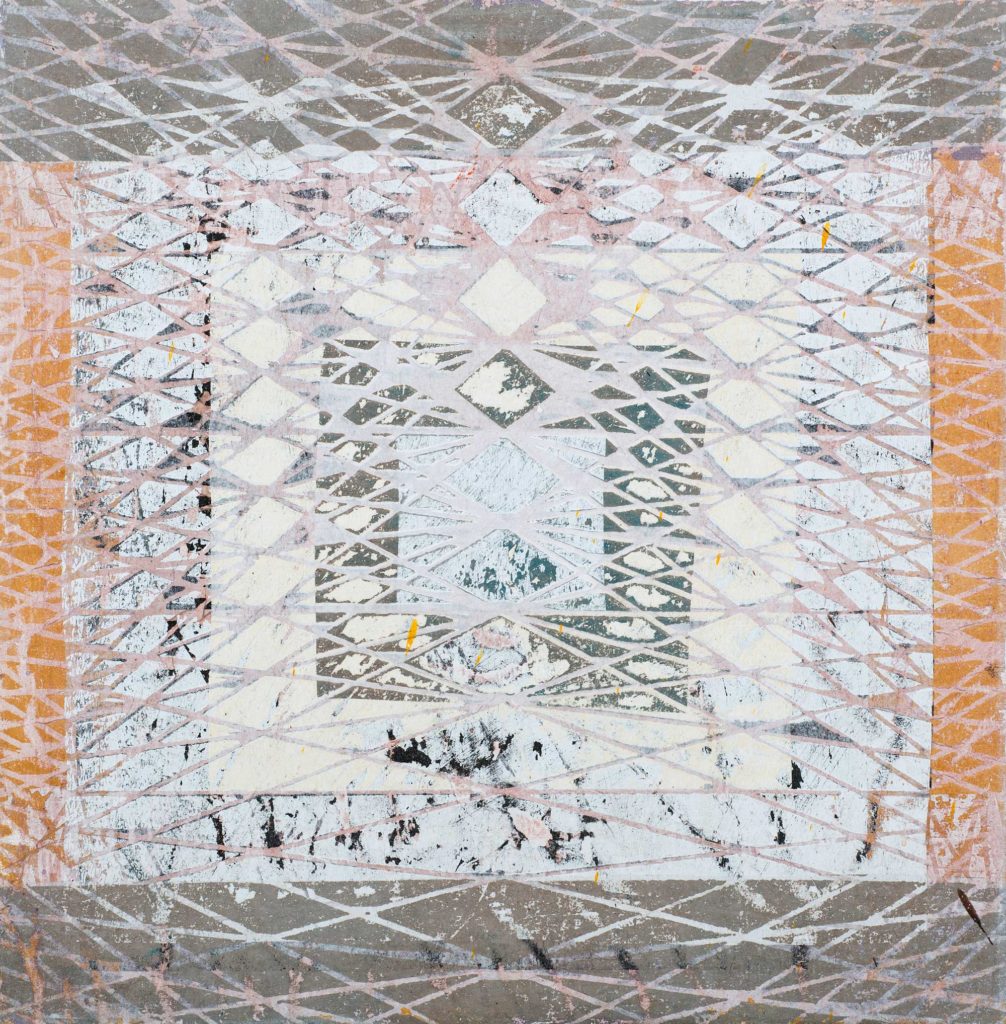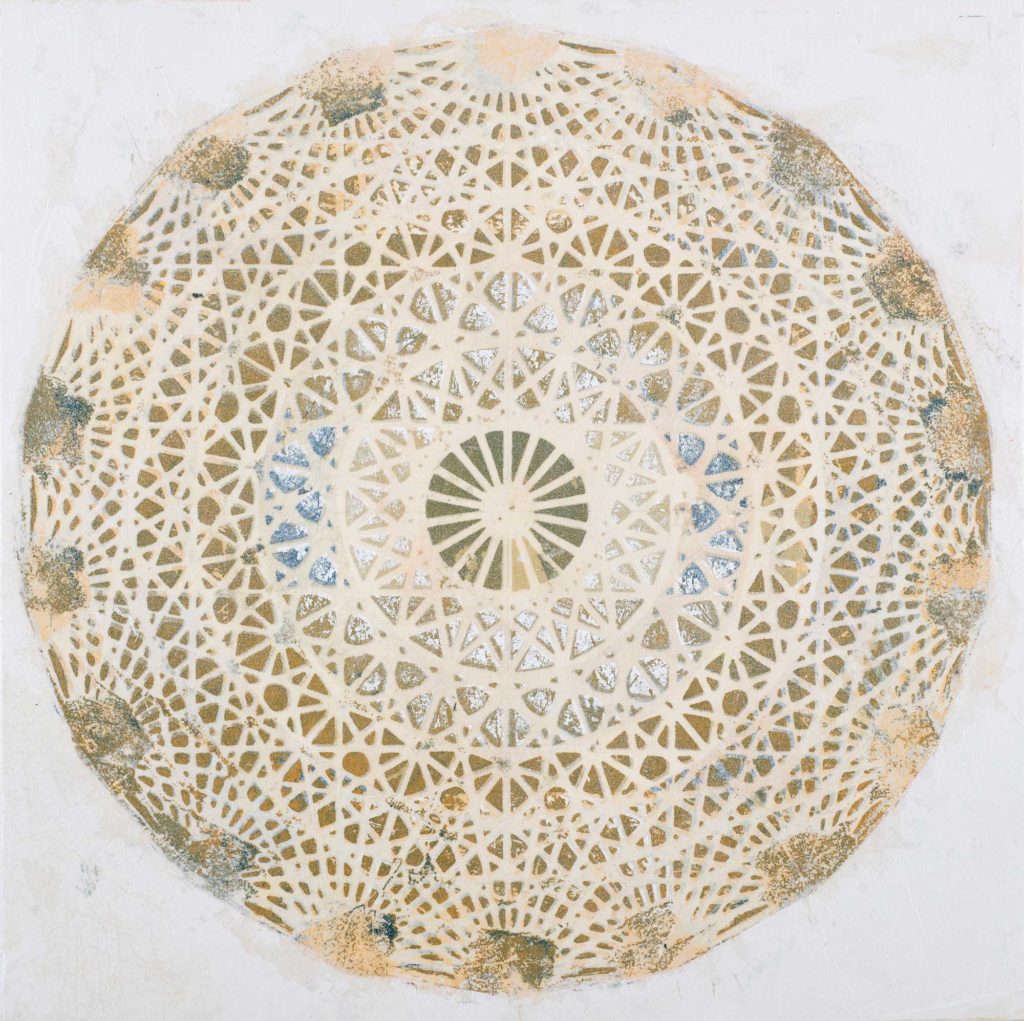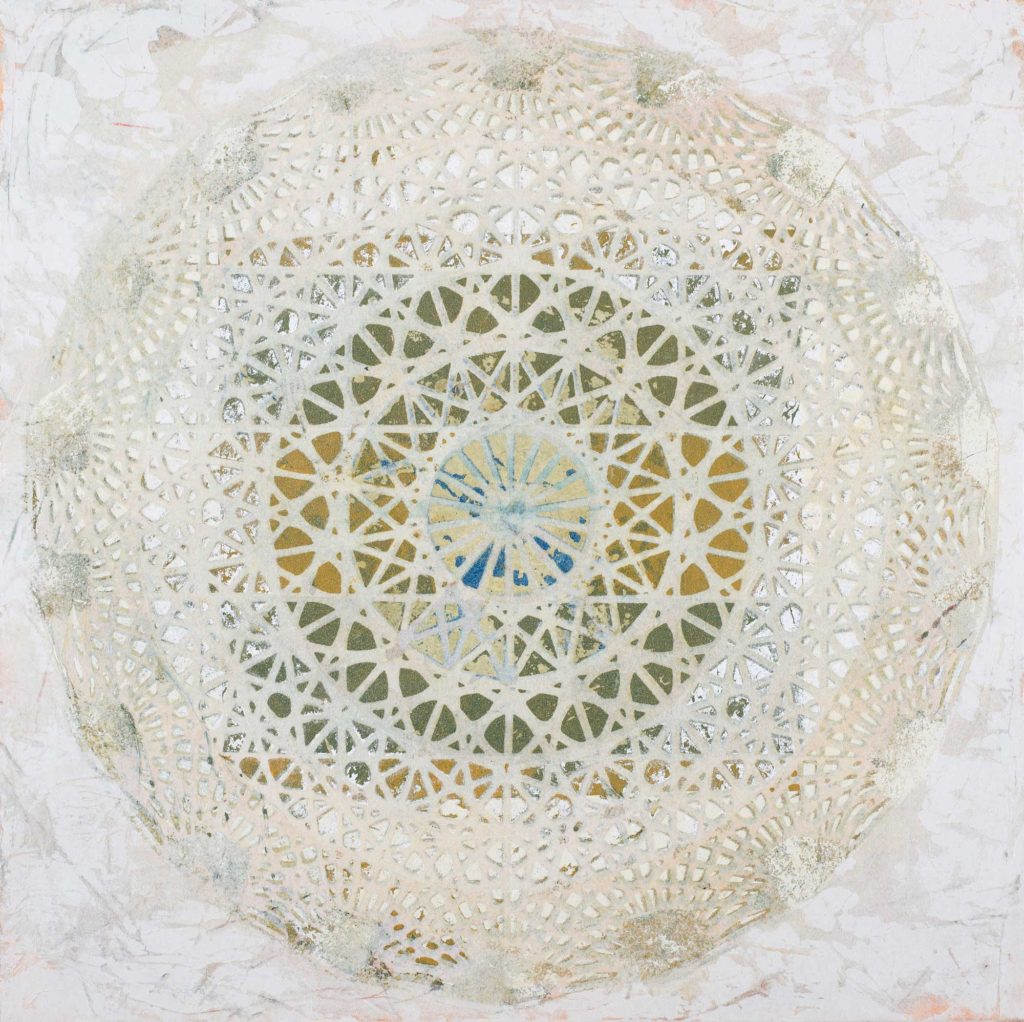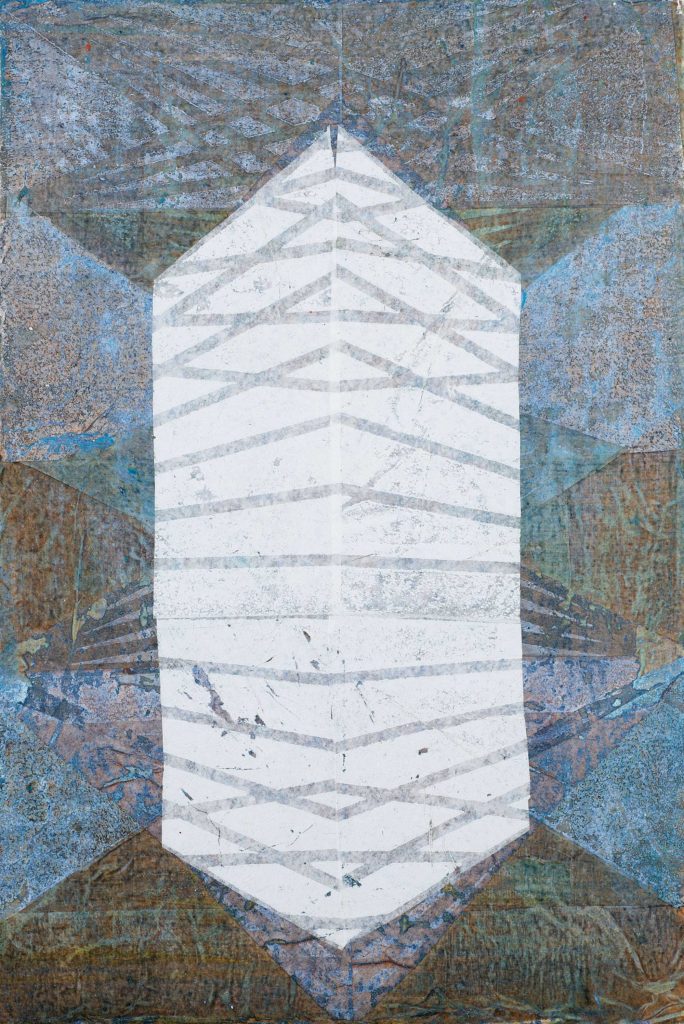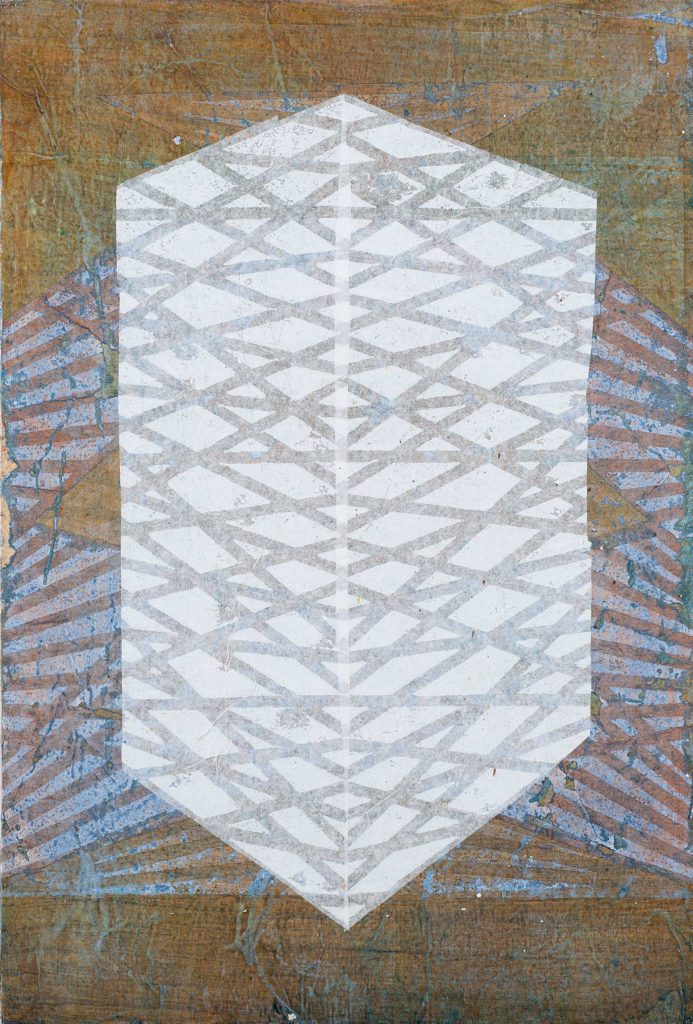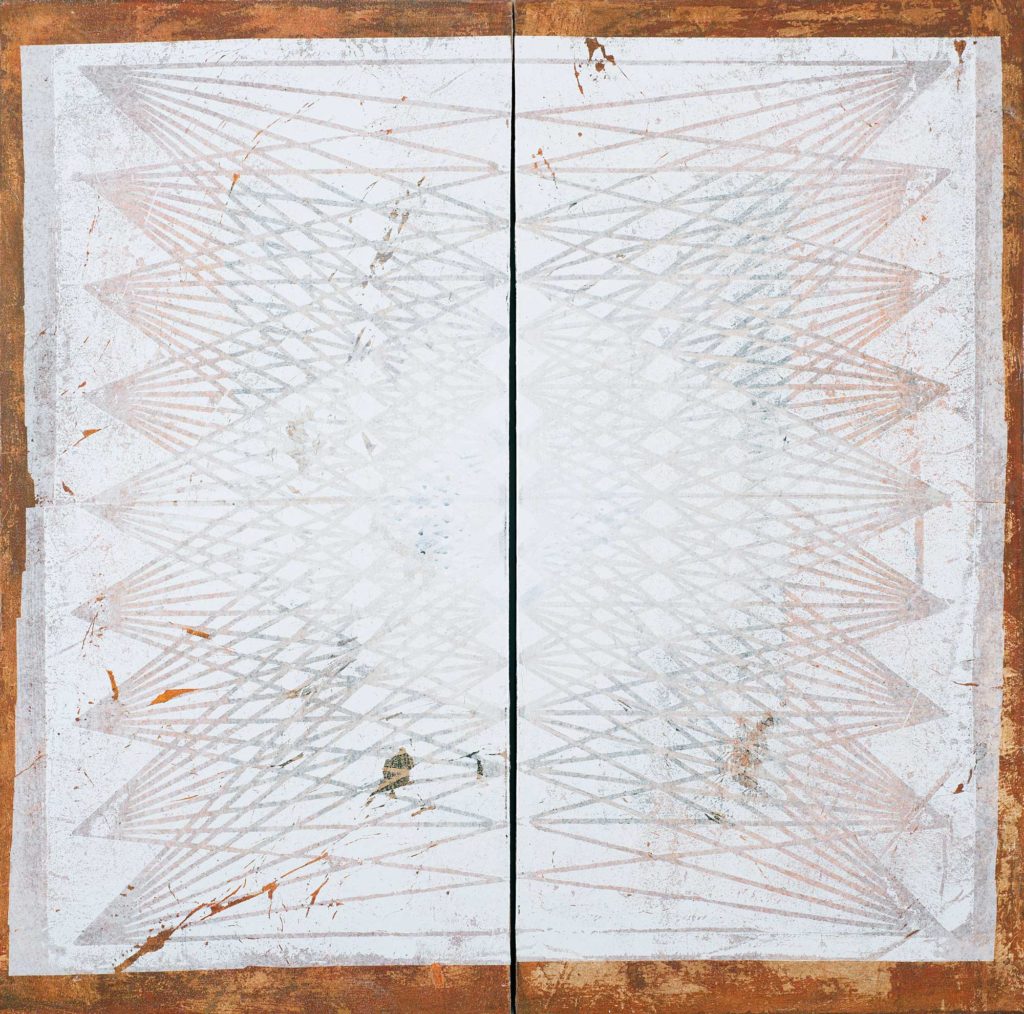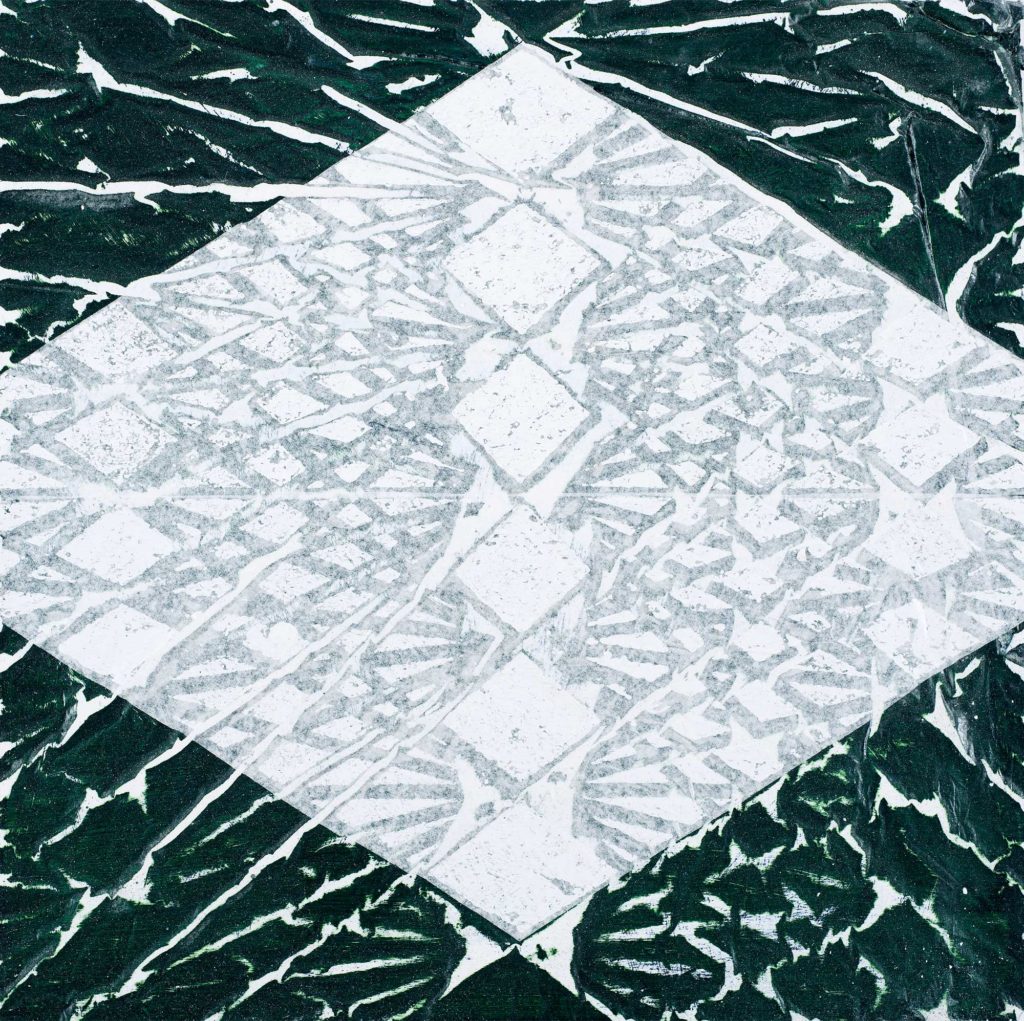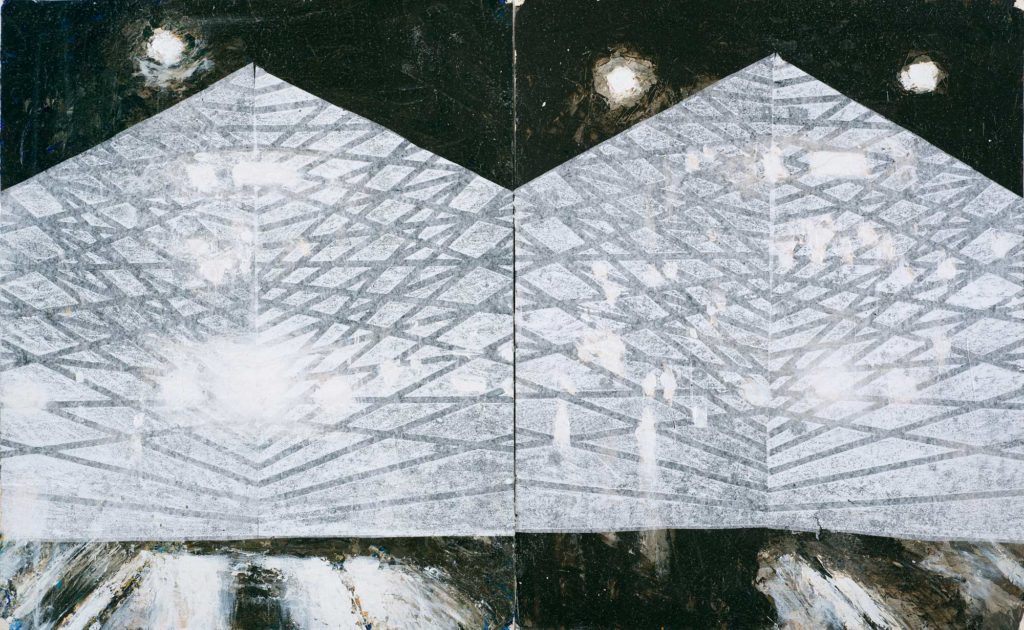Relative Influence
Relative influence is an attempt to dialogue our relationship to geometry without using mathematics or words. We interact with geometry continuously through our relationship with the natural world. I am interested in commenting on that relationship through images.
Is it possible to create geometric images that speak to other people about sacredness or spirit without being tied to a specific religious dogma? Similarly is possible to talk about geometry without being tied to scientific rhetoric or mathematics?
Much of the natural world is generated through simple geometric structures, these simple structures are distorted and corrupted to create what we see as the natural world. If a tree grew in a perfect vacuum free from environmental affects it would grow as perfect geometry. Weather, disease, geography and many other factors distort the tree which creates it’s natural characteristics. This distortion or “influence” on pure geometry is a main aspect of the dialogue I am attempting to create.
The image I am working with is based on a drawing by the 17th century Jesuit priest, Athanasius Kircher. Kircher was a scholar that talked about both science and spirituality. I am working with his image minus the rhetoric of both disciplines, choosing to focus on the pure geometry of the image.
The image is 9 points on either side, every point is connected to every other point. This creates an interference pattern resulting in complex geometries. Kircher talks about this as a way to illustrate the idea that everything is connected to everything else. He did not see this a metaphoric concept he considered this to be a very literal concept, that everything is literally connect to everything on a base physical level. This idea is consistent with some ideas in contemporary physics, the standard model, supersymmetry, and The Theory Of Everything.
I designed a digital version of Kircher’s drawing and had it cut into plywood. I used this cut plywood as a printing block to create multiples of the image on tissue paper. I then collaged the prints together to create multi-layered images of the drawing. I sanded each layer with a palm sander to corrupt and expose previous layers. The sanding acts similarly to the environmental distortions of the tree, the pure geometry is distorted by the collage and sanding process.
During the process of creating these images I imposed a strict rule that I could not make any marks on the painting, so I could not painting any lines or shapes, all the images had to result from the mechanical printing/collage process. I did this so that there would be an absence of “the hand” in the work I wanted the images to look more like natural process.
I was commissioned to make a commemorative plate for The Museum of Canadian Contemporary Art and decided that I would create the same image in a circular motif.
I started to experiment with printing the image using plaster and developed 3 dimensional relief versions of the image. The plate for MOCCA is a transitional piece using the 3 dimensional plaster prints, tissue paper and paint. There are several transitional pieces in this body of work, they are foreshadowing the work of the next series which will explore further the technique of printing in 3 dimensions using plaster.
It is important to me to create work that can be decorative and conceptual. I liken this to Islamic design that is pure geometry acting as decoration and spiritual concept simultaneously. I want to present geometries that promote a sense of contemplation, investigation or meditation free of dogmatic concepts. Celebrating the pure beauty of geometry and natural process. Hopefully this creates a visual dialogue that points us in a direction that suggests a universal connectedness.
